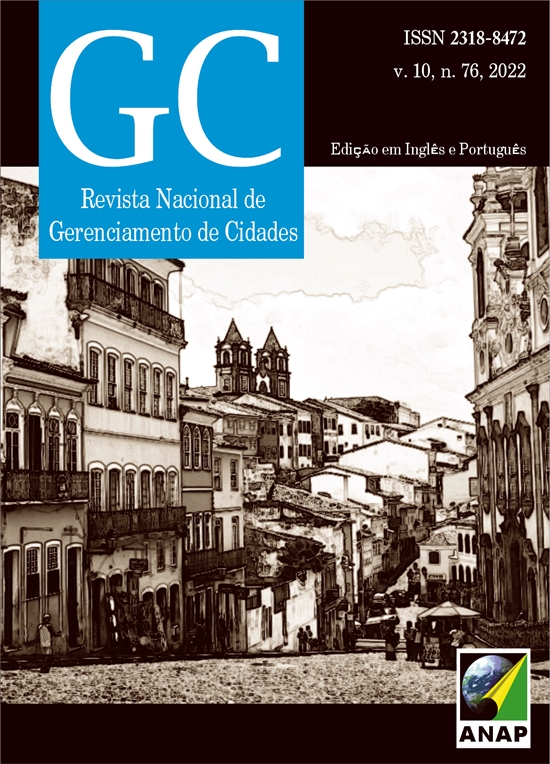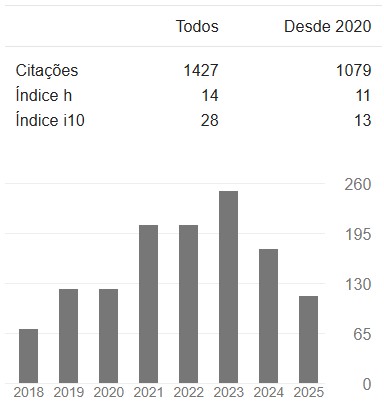Contribution to the discussion on healthy cities: analysis of the correlation between the MHDI and the presence of public open spaces in the city of Recife/PE
DOI:
https://doi.org/10.17271/23188472107620223188Keywords:
Healthy Cities. Longevity. Open space systems.Abstract
In Brazil there is an intuitive comprehension of the idea that open and green spaces affect the quality of life, but there are few effective correlation studies about the aspects that most contribute and support efficacious interventions in cities and their degree of relevance. In Europe and other countries, such as Canada, efforts have been made since the late 1980s to understand the contribution of these open spaces to quality urban living. Aiming to identify the intensity of this correlation in Brazil, and more precisely in Recife/PE, this paper explores the variables of the MHDI in different ways, as they relate to the concept of quality of life through the availability of public open spaces in the city. To support the study, a review of the literature about healthy cities, quality of life and open and green spaces was carried out, as well as an analysis of the available indexes that reflect the correlation of these concepts. As a result, the study identified a weak correlation between the MHDI variables and the presence of open spaces, including paved and green spaces; but also a better correlation when only the spaces with the largest vegetation coverage were considered. Finally, the study emphasizes the need to carry out new research based on other aspects of quality of life, in particular those related to health already contemplated in the international literature, to foster healthier cities in Brazil through a more efficient implementation of open space systems.
















